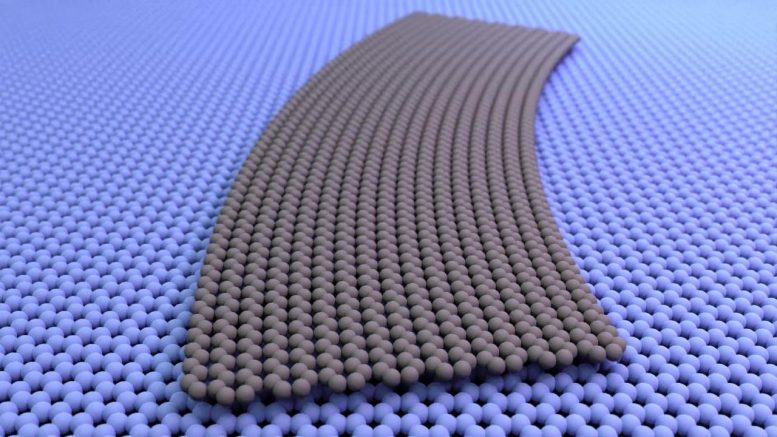
A curved graphene ribbon, illustrated in grey, shown laid flat against another graphene sheet. There is a continuous change in the twist angle between the ribbon above and the sheet below. In some places the atomic lattices of the two sheets line up at a 0° angle to each other, while in others, they are twisted relative to each other by as much as 5°. Credit: Cory Dean, Columbia University
A new technique developed at Columbia offers a systematic evaluation of twist angle and strain in layered 2D materials.
The emerging field of twistronics is revolutionizing the understanding of 2D materials like graphene by altering their properties through changes in twist angles. A team at Columbia University has developed a novel technique using graphene ribbons to create more control over these angles, allowing for more precise exploration of twisted layers’ properties and potentially unlocking new applications in condensed matter physics.
Twistronics
Think you know everything about a material? Try giving it a twist—literally. That’s the main idea of an emerging field in condensed matter physics called “twistronics.” This field has researchers drastically changing the properties of 2D materials, like graphene, with subtle changes—as small as going from a 1.1° to 1.2°—in the angle between stacked layers.
For example, twisted layers of graphene have been shown to behave in ways that single sheets have not, including acting like magnets, electrical superconductors, or insulators, all due to small changes in the twist angle between sheets.
Theoretical Possibilities and Challenges
In theory, you could dial in any property by turning a knob that changes the twist angle. However, the reality is not so straightforward, according to Columbia physicist Cory Dean. Two twisted layers of graphene can become like a new material, but exactly why these different properties manifest is not well understood, nor can they be fully controlled yet.
New Graphene Fabrication Technique
Dean and his lab have developed a simple new fabrication technique that may help physicists probe the fundamental properties of twisted layers of graphene and other 2D materials more systematically and reproducibly. Writing in the journal Science, they use long “ribbons” of graphene, rather than square flakes, to create devices that offer a new level of predictability and control over both twist angle and strain.
“We no longer have to make 10 separate devices with 10 different angles to see what happens. And, we can now control for strain.”
— Columbia postdoc Maëlle Kapfer
Graphene devices have typically been assembled from atom-thin flakes of graphene that are just a few square micrometers. The resulting twist angle between the sheets is fixed in place, and the flakes can be tricky to layer together smoothly.
“Imagine graphene as pieces of saran wrap—when you put two pieces together you get random little wrinkles and bubbles,” said postdoc Bjarke Jessen, a co-author on the paper.
Those bubbles and wrinkles are akin to changes in the twist angle between the sheets and the physical strain that develops in between and can cause the material to buckle, bend, and pinch randomly. All these variations can yield new behaviors, but they have been difficult to control within and between devices.
Advantages of Ribbon Technology
Ribbons can help smooth things out. The lab’s new research shows that, with just a little push from the tip of an atomic force microscope, they can bend a graphene ribbon into a stable arc that can then be placed flat on top of a second, uncurved, graphene layer. The result is a continuous variation in the twist angle between the two sheets that spans from 0° to 5° across the length of the device, with evenly distributed strain throughout—no more random bubbles or wrinkles to contend with.
“We no longer have to make 10 separate devices with 10 different angles to see what happens,” said postdoc and co-author Maëlle Kapfer. “And, we can now control for strain, which was completely lacking in prior twisted devices.”
“What we are doing is like quantum alchemy: taking a material and turning it into something else. We now have a platform to systematically explore how that happens.”
— Columbia postdoc Bjarke Jessen
The team used special high-resolution microscopes to confirm how uniform their devices were. With that spatial information, they developed a mechanical model that predicts twist angles and strain values simply based on the shape of the curved ribbon.
Future Directions and Quantum Alchemy
This first paper was focused on characterizing the behavior and properties of ribbons of graphene as well as other materials that can be thinned to single layers and stacked on top of each other.
“It’s worked with every 2D material that we’ve tried so far,” noted Dean. From here, the lab plans to use their new technique to explore how the fundamental properties of quantum materials change as a function of twist angle and strain. For example, prior research has shown that two twisted layers of graphene act like a superconductor when the twist angle is 1.1.
However, there are competing models to explain the origins of superconductivity at this so-called “magic angle,” as well as predictions of additional magic angles that have thus far been too difficult to stabilize, Dean said. With devices made with ribbons, which contain all angles between 0° and 5°, the team can more precisely explore the origins of this phenomenon, and others.
“What we are doing is like quantum alchemy: taking a material and turning it into something else. We now have a platform to systematically explore how that happens,” said Jessen.
Reference: “Programming twist angle and strain profiles in 2D materials” by Maëlle Kapfer, Bjarke S. Jessen, Megan E. Eisele, Matthew Fu, Dorte R. Danielsen, Thomas P. Darlington, Samuel L. Moore, Nathan R. Finney, Ariane Marchese, Valerie Hsieh, Paulina Majchrzak, Zhihao Jiang, Deepnarayan Biswas, Pavel Dudin, José Avila, Kenji Watanabe, Takashi Taniguchi, Søren Ulstrup, Peter Bøggild, P. J. Schuck, Dmitri N. Basov, James Hone and Cory R. Dean, 10 August 2023, Science.
DOI: 10.1126/science.ade9995
This work was primarily supported by the Department of Energy-funded Energy Frontier Research Center (EFRC) on Programmable Quantum Materials (Pro-QM).

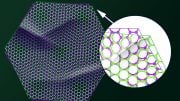
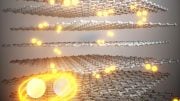

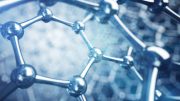

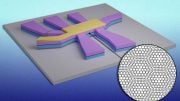
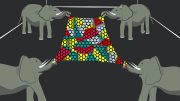
We keep hearing about all the wonders of Graphene but are there any actual real world uses now?
What is quantum alchemy? Do you really understand what quantum is? Do you know where quantum gravity comes from? Under the framework of topological vortex gravitational field, everything described by quantum mechanics will no longer be mysterious. Schrödinger’s cat essentially used high-dimensional spatiotemporal matter to analogize low-dimensional spatiotemporal matter, which is extremely wrong and irresponsible. This behavior can easily lead physics towards theology and pseudoscience.